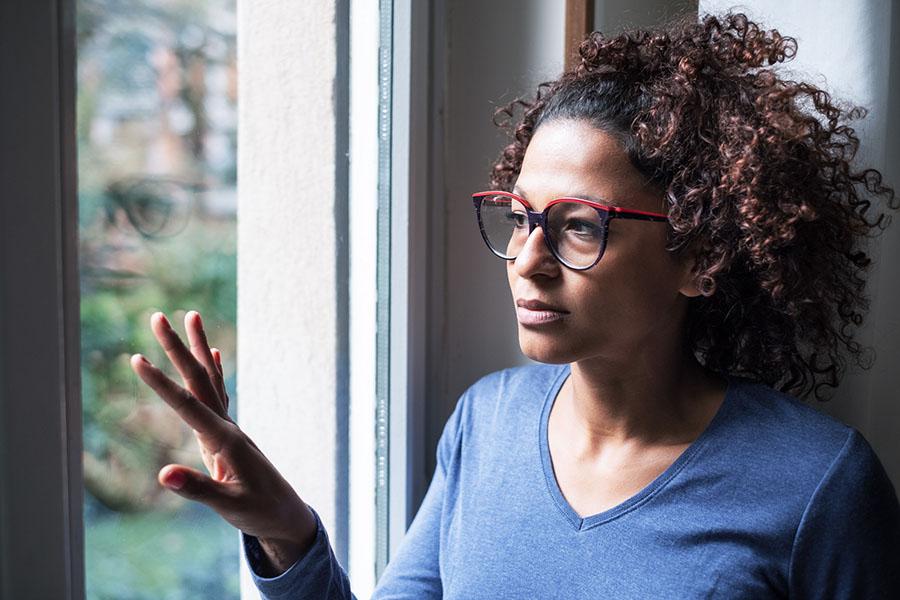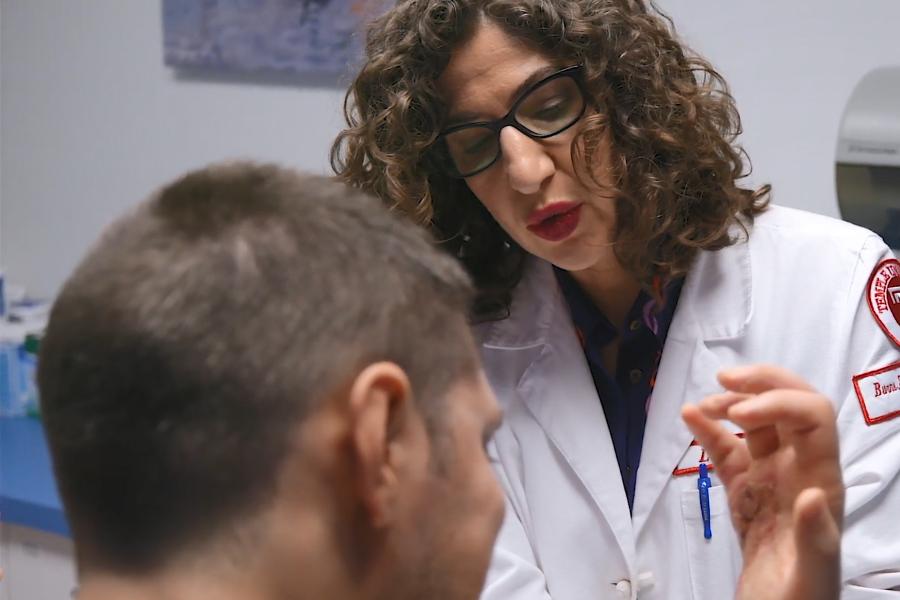Burns are some of the most challenging injuries to treat. Some of the most common questions asked by patients and family members include:
Q: What is the difference between first-, second- and third-degree burns?
A: First-degree burns involve the outer most layer of skin. A very bad sunburn is considered a first-degree burn.
Second-degree burns occur when the second layer of skin is burned. These burns often have blisters and are painful.
Third-degree burns are the most serious and involve all layers of the skin. These burns often cause permanent tissue damage and can be life-threatening.
Learn more about the degrees of burns >
Q: What should I do if I get burned?
A: It depends on the level of burn. Most first-degree burns can be treated at home. It's advised to immerse the burn in cool tap water or apply a cold, wet compress. Do not apply ice, butter or ointments to the burn. Cover the burn with a sterile bandage. If blisters form, do not pop them; let them heal on their own. Take over-the-counter pain medication to relieve pain and reduce inflammation.
Second- or third-degree burns require immediate medical attention and should be treated at a hospital or at a burn center.
Read about when to see a specialist >
Q: What do I need to know about electrical or chemical burns?
A: Any burns caused by electricity or chemicals should be seen by a specialist at a burn center.
Q: How long do burns take to heal?
A: Healing time for burns can vary widely. First-degree burns usually heal within a few days to a week. More serious burns can take weeks or months to heal.
Q: When should I see a burn specialist?
A: Any burn more serious than a first-degree burn should be seen by a burn specialist at a burn center.
Q: What is a skin graft for a burn?
A: A skin graft is a thin layer of skin that is taken from an unburned area of the body and used to cover a badly burned area. Skin grafts are most often used for third-degree burns and, to a lesser extent, second-degree burns.

